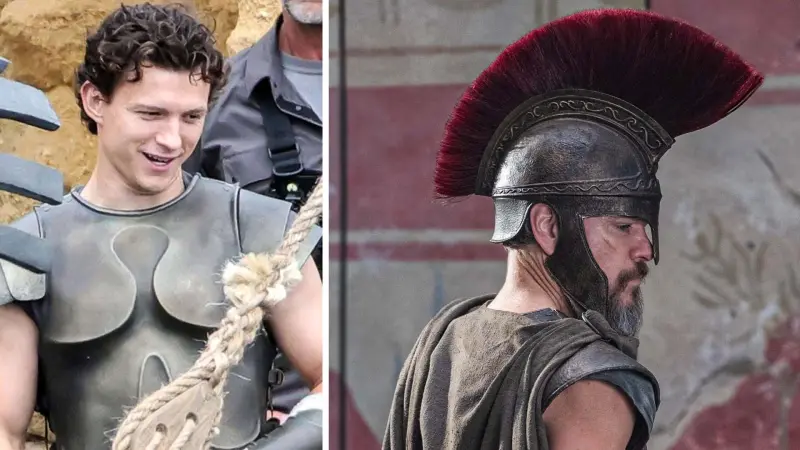A remarkable archaeological discovery beneath the Church of the Holy Sepulchre in Jerusalem may shed new light on the Gospel accounts of the crucifixion and burial of Jesus Christ. Archaeologists have uncovered traces of an ancient garden, believed to date back 2,000 years, featuring olive trees and grapevines—elements that appear to align closely with descriptions in the Gospel of John.
According to the Independent, this newly found garden could correspond to the site described in the Bible as the place where Jesus was crucified and laid to rest.
“At the place where Jesus was crucified, there was a garden, and in the garden a new tomb, in which no one had ever been laid,”
reads John 19:41.
The discovery was made beneath the Church of the Holy Sepulchre, one of Christianity’s most sacred sites. The lead archaeologist, Professor Francesca Romana Stasolla, spoke to The Times of Israel about the significance of the findings:
“The archaeobotanical evidence was particularly interesting to us in light of what is described in the Gospel of John,” she noted.
“The Gospel mentions a green space between Golgotha and the tomb—and we have identified traces of exactly such cultivated land.”
The excavation began in 2022 and has already yielded compelling evidence of an ancient cultivated area—supporting the long-held belief that the site of the Church of the Holy Sepulchre closely matches biblical descriptions.
However, the dig has currently been paused to accommodate the influx of pilgrims expected to visit during the upcoming Easter celebrations.
This discovery not only deepens historical understanding of one of Christianity’s most significant locations but also continues to bridge the worlds of archaeology and faith—reminding us how the physical remnants of the past can enrich our interpretation of ancient texts.







